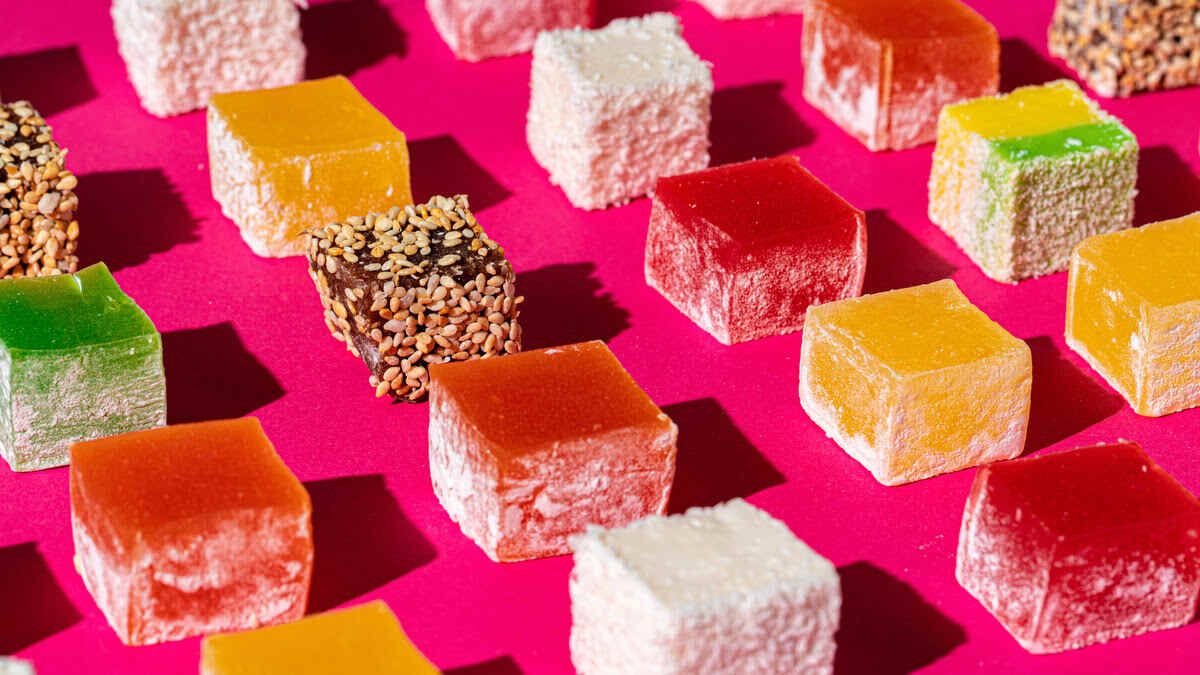
How to Determine Gelatin Strength? | Gelatin Bloom Strength

Gelatin is a valuable ingredient of animal origin, produced by processing collagen-rich raw materials. Its unique properties have made it an indispensable ingredient in cooking, confectionery and the food industry for years. The presence of amino acids and the absence of fat or carbohydrates make it an excellent addition to many dishes and desserts.
One of the most important indicators of the quality of gelatin is its Bloom strength – a parameter which determines the strength and the hardness of the gel obtained. The higher the Bloom value, the more stable and resilient the end result. Standard food products typically have a 170 Bloom, which is the optimum choice for most culinary applications.
Where does Bloom strength come from?
The Bloom value, a key indicator of gelatin strength, was developed and patented in 1925 by Oscar T. Bloom. This test can accurately determine the degree of gel hardness by measuring the force required to push a 0.5 in diameter piston into the gel surface. The piston is plunged to a depth of 4 mm under controlled temperature conditions and the result, given in grams, is the Bloom strength.
Most available gelatins have a value in the range of 30-300 Bloom strength. The higher the number, the more solid and stable gel is formed, and the gelation process itself takes less time and takes place at a higher temperature. As a result, gelatin with a higher Bloom strength is used in more demanding recipes and applications where precision and durability of the final product are important.
300 Bloom gelatin – what is it used for?
300 Bloom strength gelatin is distinguished by its exceptional hardness and ability to form extremely stable gels. Although less commonly used in everyday cooking, it is widely applied in specialised industries where maximum strength and precision are important.
One of its main areas of use is in characterisation in the film and theatre industry. Thanks to its flexibility and durability, 300 Bloom gelatin is ideal for creating realistic prosthetics, skin imitations and other elements used during recordings.
Another area in which high Bloom gelatin plays an important role is in prosthetics. Its structure allows for precise detail reproduction, making it an ideal material for creating prosthetic moulds and models.
300 Bloom gelatin is also used in ballistic testing. Thanks to its density and physical properties, it can successfully mimic human tissue, allowing reliable safety tests to be carried out.
How to use 240 Bloom gelatin?
240 Bloom gelatin has a much higher gel strength than standard products available in grocery shops. If you happen to have it on hand, a smaller amount should be used to achieve the desired results – usually half to a third compared to 180 Bloom gelatin.
The best way to achieve the right consistency is to experiment with proportions. It is advisable to start by using 50% of the standard amount and adjust according to the results. What is important is that the high quality and strength of the gelatin does not affect the taste of the food, meaning that dishes will retain their natural flavour, regardless of the amount of product used.
What Bloom strength would be the best?
Gelatin is an ingredient with exceptional thermal properties – at low temperatures it forms a gel that liquefies its consistency when heated to 25-35°C. It is this ability that makes it possible to achieve the “melt-in-the-mouth” effect valued particularly in the confectionery industry.
Choosing the right Bloom strength depends on the nature and purpose of the product. Different types of gelatin at identical concentrations produce different effects – both the texture and hardness of the gel changes. If the aim is to create delicate, soft desserts such as jellies, a gelatin with a lower Bloom strength will work better. It allows for a more velvety texture, which is particularly important for cold-consumed products.
On the other hand, gelatin with a higher Bloom value (from 180 upwards) will be suitable where stability and gel stability are important, such as in the production of mousses, creams or professional confectionery. It allows a more resilient and compact effect to be achieved, which is crucial for products that require longer storage.
The final choice of Bloom strength should be tailored to the specific recipe and the desired result, allowing the texture to be precisely matched to the needs of the dish.
How to determine gelatin strength? | Summary
Choosing the right gelatin is a key step in making desserts, mousses or jellies. The strength of the gelatin, expressed in Bloom values, determines the hardness, elasticity and stability of the gel created. The higher the Bloom strength, the more compact and durable the product can be.
Understanding how the Bloom scale works and the effects of gelatin of different strengths allows recipes to be fine-tuned to individual expectations. Lighter and more delicate desserts go best with a gelatin with a lower Bloom strength, while where stiffness and durability are important, a higher strength product will work.
Experimenting with ratios and testing different types of gelatin is the best way to discover the perfect texture for any dish. Whether your aim is a light jelly or a stable mousse, knowing the Bloom strength will put you in full control of the gelling process, contributing to perfect results in the kitchen.



